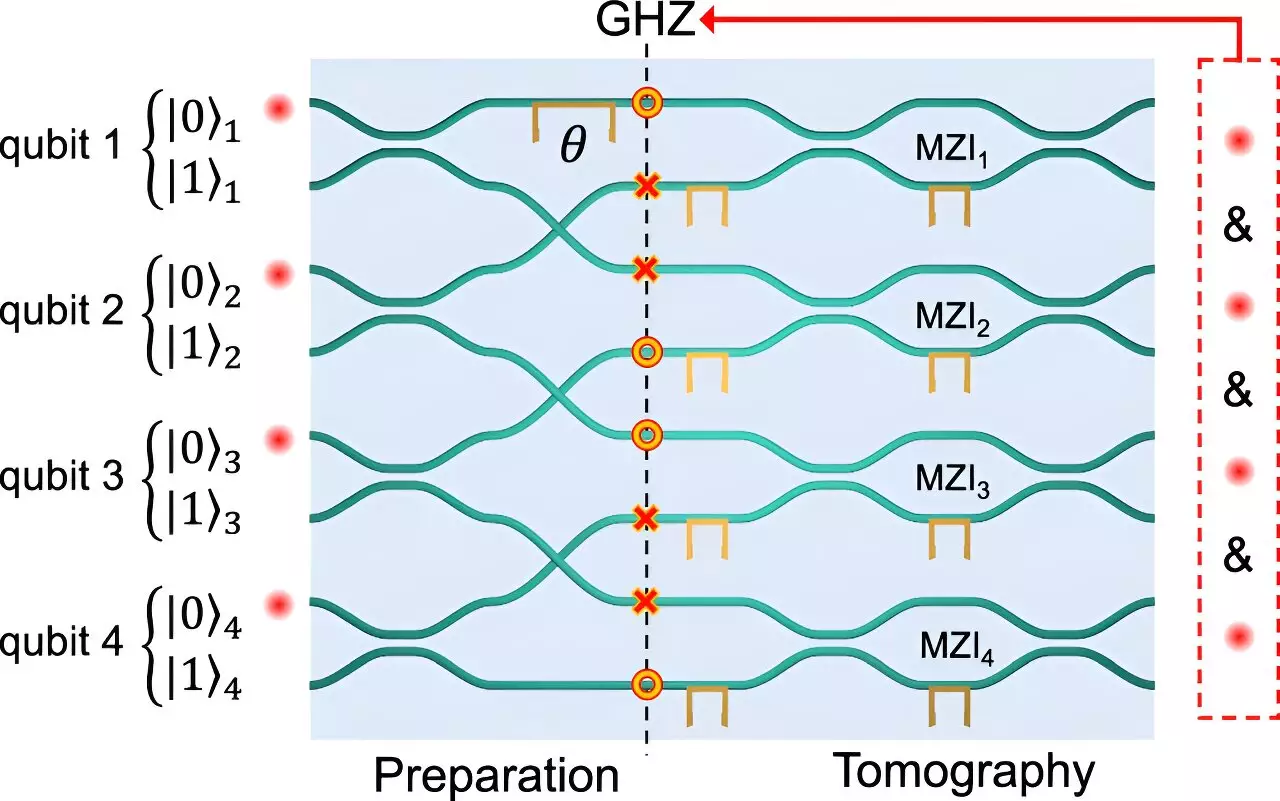Quantum encryption represents a groundbreaking shift in the realm of secure communications, standing in stark contrast to classical encryption, which relies on mathematical algorithms. At its core, quantum encryption leverages the principles of quantum mechanics to ensure data integrity and confidentiality. This method guarantees that any attempt at eavesdropping or interference will inherently disturb the quantum states of the information being transmitted, making unauthorized access detectable. As the digital landscape evolves, this innovative approach is becoming increasingly critical.
One of the most pressing challenges to traditional encryption lies in the advent of quantum computing. Current classical supercomputers may take thousands of years to crack robust encryption codes, but quantum computers, with their extraordinary computational power, could potentially solve these complex problems in mere seconds. This stark contrast illuminates the urgent necessity for the advancement and implementation of quantum security protocols that can withstand the capabilities of quantum systems.
Research in this area has been robust, with experts recognizing the need for innovative solutions. Paulo Henrique Dias Ferreira, affiliated with the Federal University of São Carlos in Brazil, is at the forefront of such advancements. During his postdoctoral research at the Polytechnic University of Milan, he collaborated with a team led by Professor Roberto Osellame to investigate entangled four-photon GHZ (Greenberger-Horne-Zeilinger) states on a photonic chip. Their findings, published in the journal *npj Quantum Information*, represent a significant stride in quantum device integration and enhancement.
The concept of GHZ states is pivotal in the study of quantum information theory. A GHZ state involves entanglement between three or more particle states, such as qubits, a property that has profound implications for secure communication systems. This form of entanglement was first theorized in the late 1980s by renowned physicists Daniel Greenberger, Michael Horne, and Anton Zeilinger. The quantum nature of such states means that the particles are interconnected in a way that transcends classical understanding; measuring one can inform about the entire system, regardless of distance.
Through advanced methods like femtosecond laser machining, researchers created three-dimensional waveguides on glass chips, enabling precise control over photon behavior. Ferreira emphasized the advantages of using a glass matrix for prototyping and the efficiency gained through single-stage fabrication processes. This method’s reconfigurability allows for meticulous adjustments to photon phases, which is vital for optimal quantum overlap in cryptographic applications.
To better illustrate the functionality of GHZ states, Ferreira employs a coin analogy. Consider four coins that can independently show heads or tails. In a classical context, the outcome of one coin toss does not affect the others. However, in an entangled GHZ state, all four coins display a synchronized result: if one is heads, all are heads; if one is tails, all are tails. This interdependence exemplifies the unique features of quantum states, which lack any classical counterpart.
This quantum entanglement principle plays a crucial role in quantum secret-sharing schemes, providing a secure method for distributing encryption keys among multiple participants. Any attempt to measure one of the entangled particles—perhaps to steal the secret—would disrupt the quantum correlations, alerting legitimate users to the interference. Ferreira describes how such protocols allow participants to detect discrepancies in their data, rendering unauthorized access nearly impossible.
The implications of utilizing GHZ states extend beyond academic interest— they present practical applications for enhancing security in commercial transactions. By reinforcing communication integrity and introducing a fail-safe mechanism for intrusion detection, such advancements have the potential to safeguard sensitive information in an increasingly digital and interconnected society. Ferreira asserts that quantum systems utilizing GHZ states cannot be compromised even by the most advanced quantum computers, as any attempt to intrude alters the quantum state of the particles involved, making detection instantaneous.
As research continues to develop, the potential for high-fidelity entangled GHZ states on photonic chips could pave the way for mass production of quantum devices. With these ongoing advancements, we may soon witness a transformation in communication and computing infrastructures, thereby ushering in a new era defined by unprecedented security and efficiency. Quantum encryption is not merely a theoretical concept; it is becoming a tangible solution for safeguarding our digital future.

